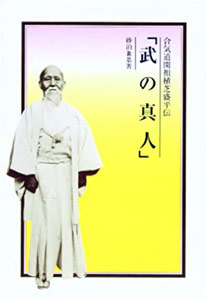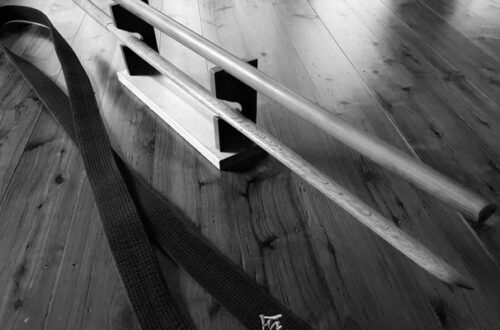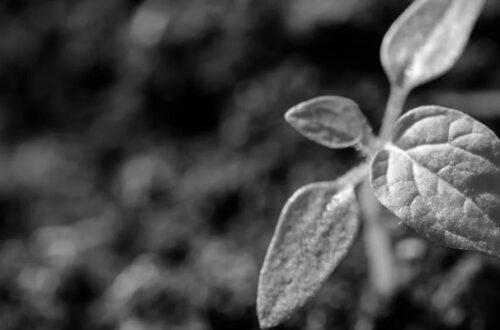
Breaking Barriers: The Pioneering Women of Aikido
Japan has a rich history of women practicing martial arts. Women of the samurai class learned naginatajutsu as part of their education and self-defense training since the Edo period (1603-1867). There are also records of women practicing kenjutsu, ko-tachi 小太刀, kusarigama 锁镰, and other weapon arts, but taijutsu was relatively uncommon. However, the situation began to change in the early 1900s when martial arts such as Judo became a regular part of school curriculums.
In 1919, Ueshiba met Onisaburo Deguchi 出口王仁三郎, the founder of the Omoto 大本教 religion in Ayabe 府綾 Kyoto. The following year, Ueshiba moved his family to Ayabe and joined Omoto. Deguchi encouraged Ueshiba to pursue budo as his vocation, and Ueshiba opened his first dojo, called Ueshiba Juku 植芝塾, at his home. He mainly taught Omoto members until he left for Manchuria in 1924. Although it is unknown who his first female student was, one of his earliest and high-profile female students was Byakuren Yanagiwara 柳原白蓮 (Akiko 燁子), a Japanese imperial member and poet. After the imperial scandal known as the “Byakuren incident” 白蓮事件 in 1921, she sought refuge in Omoto in Kyoto for a period of time and began learning from Ueshiba. Other women who were known to have trained there included Naohi Deguchi 出口直日, who was the daughter of Onisaburo and would later become the third spiritual leader of Omoto, as well as Yoshie Oishi 大石ヨシエ, who was a politician and was later elected to the Japanese Parliament.
Ueshiba later relocated to Tokyo and established the Kobukan 皇武館 dojo in Shinjuku 新宿 in 1931. Initially, his students were primarily members of the imperial family, nobles, military personnel, police officers, businessmen, and children of martial arts practitioners. Female students were uncommon in the early 1930s, but one of the earliest was Takako Kunigoshi 国越孝子. When Ueshiba taught at Kobukan, he frequently provided little verbal explanation, often conveying his teachings in a spiritual context that was not easily understood by most students. To assist her fellow students, with the permission of Ueshiba himself, and working alongside Kenji Tomiki 富木謙治, Takako illustrated and Tomiki wrote the narrative for the first book called Budo Renshu 武道練習 (Budo Practice). The book essentially describes many of the daito ryu techniques and was later published under Ueshiba’s name, and only given to selected students as a kind of menkyo 免許. Takako continued to train and was promoted to 3rd dan (note that the dan grading system was not yet widely adopted at that time) until the onset of the Pacific War.

Another early female figure was Fukiko Sunadomari 砂泊扶妃子, the older sister of prominent aikidoka Kanshu Sunadomari 砂泊諴秀. She was a high-ranking practitioner of Jikishinkage Ryu Naginatajutsu 直心影流薙刀術 and learned under master Hideo Sonobe 園部秀雄. Sonobe granted special permission to her students to learn aikido after being impressed by Ueshiba’s aikido demonstration in Manchuria. Fukiko started aikido in the early 1950s and was one of the first females to train at the Aikikai Hombu Dojo. She later became an important figure in Hombu Dojo and was promoted to 6th dan by Ueshiba personally. She was involved in many internal operations of the dojo and also served as a personal assistant to Ueshiba until he passed away in 1969. After that, Fukiko conducted extensive research to assist her brother Kanemoto Sunadomari 砂泊兼基 in writing the first authorized biography of Ueshiba titled Bu no Shinjin: Aikido Kaiso Morihei Ueshiba 武の真人: 合気道開祖植芝盛平伝.

Since the late 1950s, more women have started to practice aikido in various dojos. Nowadays, it is very common for females of any age to practice aikido in Japan, and many of them hold high rankings. It is not uncommon to see female shidoin 指導員, shihan 師範, and even dojocho 道場長.
Author’s Note: We appreciate your readership! This article serves as a preliminary introduction to the subject matter. While we aim for accuracy, we cannot guarantee the content’s precision and it may contain elements of speculation. We strongly advise you to pursue additional research if this topic piques your interest. Begin your AikidoDiscovery adventure! 🙂




